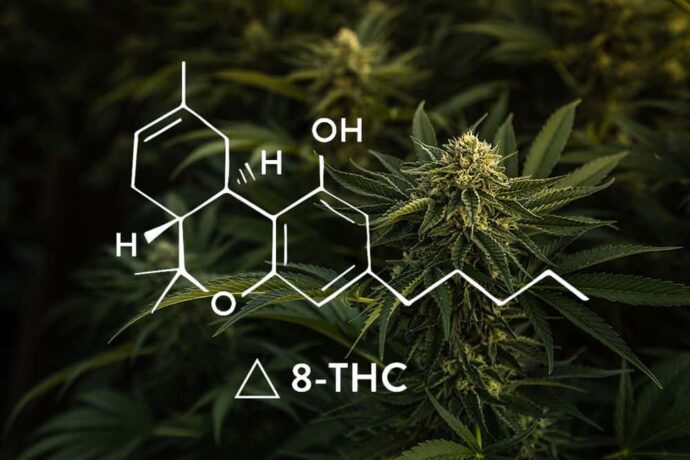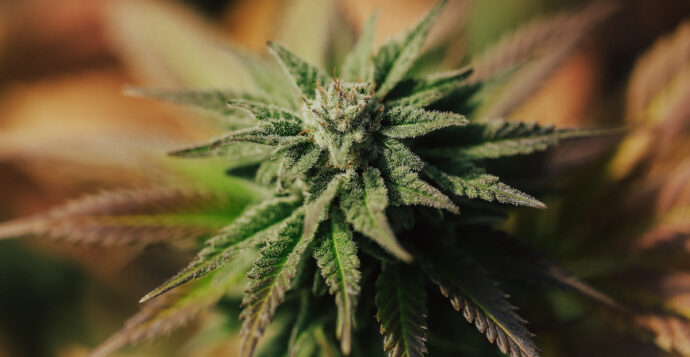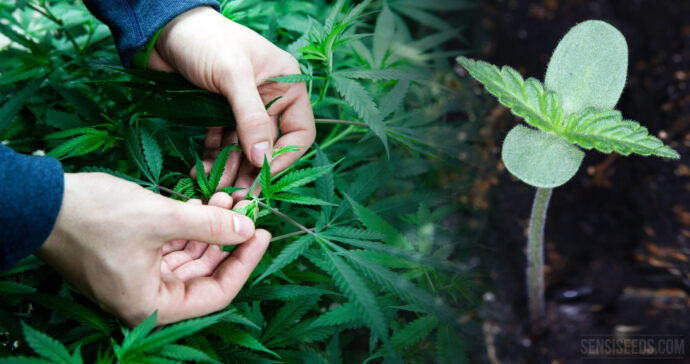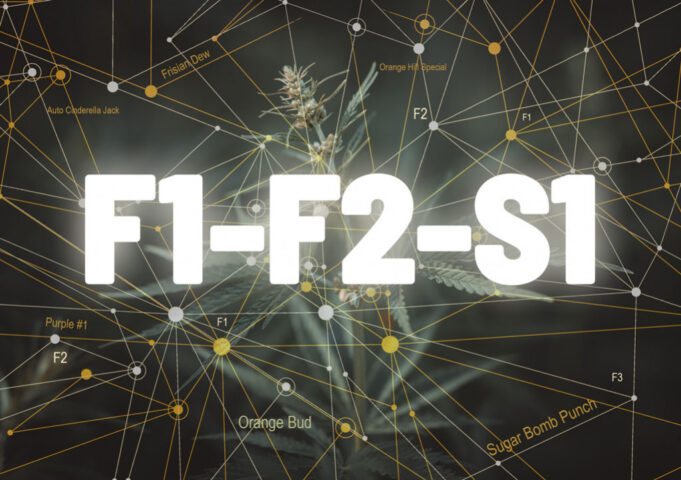The hemp industry is on the rise. It has been for a while now. Things are not going to change anytime soon. Why? Well, it’s all thanks to legalization. It took the cannabis industry to another level. Today we can compare it to any other science. This is all thanks to the fact that a lot of effort and knowledge is put into the manufacture of each plant. The production of hemp is quite commercialized these days. The amount needed for the market carries off on the production and we see an increase in tech solutions made to create it. Today we can say that there are more premium bits of hemp than there ever were.
When the science of hemp started developing, we had to follow suit. There was new knowledge available, and new lessons to be learned. We grasped as much of it as we could, and we’re here today to share some of it with you. There are a lot of technicalities involved with the pressing need to know which hemp seed is better, which one is good, and which one isn’t. To give you a better idea on the subject we’re going to talk a little bit about F1 and F2 hemp seeds. There’s a difference and you deserve to know it.
This is an interesting subject. We are going to talk about genetics. Yes, plants have those. These plants are really interesting in this domain, to be honest. F1 and F2 refer to hemp genetics. If you’re an avid user and want to become a farmer this is information you want to know. The abbreviation we are going to use here refers to the generations of a genetic lineage that happened after the original seed was bred for the first time. Why does this matter, if you’re only a farmer and not a scientist? Well, the catch is in the characteristics of the plant you receive. Depending on the generation and the number of breeding and in-breeding that have occurred, the plants are going to have quite dissimilar characteristics.
So, if you are planning to go on a shopping spree for hemp seeds, and even have premium kinds such as Jealousy strain, you ought to know the difference. It is, in fact, essential knowledge if you are serious about breeding hemp. The genetics of F1 and F2 are not the same, and if you want to run a successful farm this is the moment to learn which is which. To help you succeed we have written this article.
The Meaning Behind F1 and F2

As we said, this is hemp history. Genetic history. Every hemp plant has its heritage. It matters in developing these plants. It matters a lot. If you have an F1 plant it stands for first filial generation. Here we are talking about the first crossing of two seeds that have no common genetic traces. As you can see from the start this is a superior plant. When we talk about F2 you can already tell that it is the second generation. F2 is made when two F1 seeds are crossed. As you can see, breeding hemp is all about genetics.
Now, both seeds are cross-breed. But, as we said, F1 comes from two different loops of hemp. Two bits of hemp that share no genetic background. Usually, the ones that are used are called homozygous plants. They also go shorted as IBL, which stands for the in-bred line. The expectation of all of this breeding is of course to have plants with the highest possible genetic material. This is why generations are so important. You want to have the finest product possible.
By now, you must understand. There is an entire science behind the breeding process of hemp. It is because F1 is so sought after. Genetics matter. Farmers chase this sort because it provides the best offspring plants. Consistency matters too, and when you start with the quality you’ll end with it too. When you build a farm you want every plant to be a success. This is why you want F1 as your starting seed as it is easier to predict the quality of the final product. If you want to have a nice harvest and to have it repeatedly every year, this is the path you need to take.
Which One is Better?

We need to be direct here. There’s no going around when it comes to genetics. F1 is the better choice. It is the optimal choice. When you seek to start a farm you need to go with it. Genes are different from F2. With more generations, their general expression is going to be much different. F2 is famed for its recessive alleles.
The bigger downside to having this type of allele is that sometimes it is hard to notice them. Sometimes you can have F2 for many generations before noticing that they’re not behaving properly. But, once you cross them with a not matching plant things can go stray quickly. Your entire crop can be destroyed by a few wrong mutations. You’ll only know that this happened before it is too late. So, you’re better off starting the right way, than ending up on the wrong part of breeding. The issue is that you can’t predict the outcome of breeding; you’re better off not attempting it with the F2 seed unless you have to.
With F1 you will get the desired product from the start. It is what you want. To be able to predict your final product and to be satisfied with it is almost a godlike feeling. Well, playing God with hemp is allowed after all. It is the only way that you get the desired plant from the seed.

Conclusion
By now you know it. What is F1 and what is F2 were quite easy to explain? The bottom line is that you should always focus on f1 when possible and start from there. If that’s not possible, of course, F2 is an option. But what will be the result is not possible to predict.















